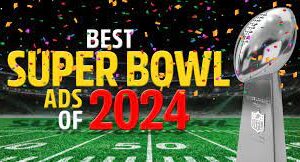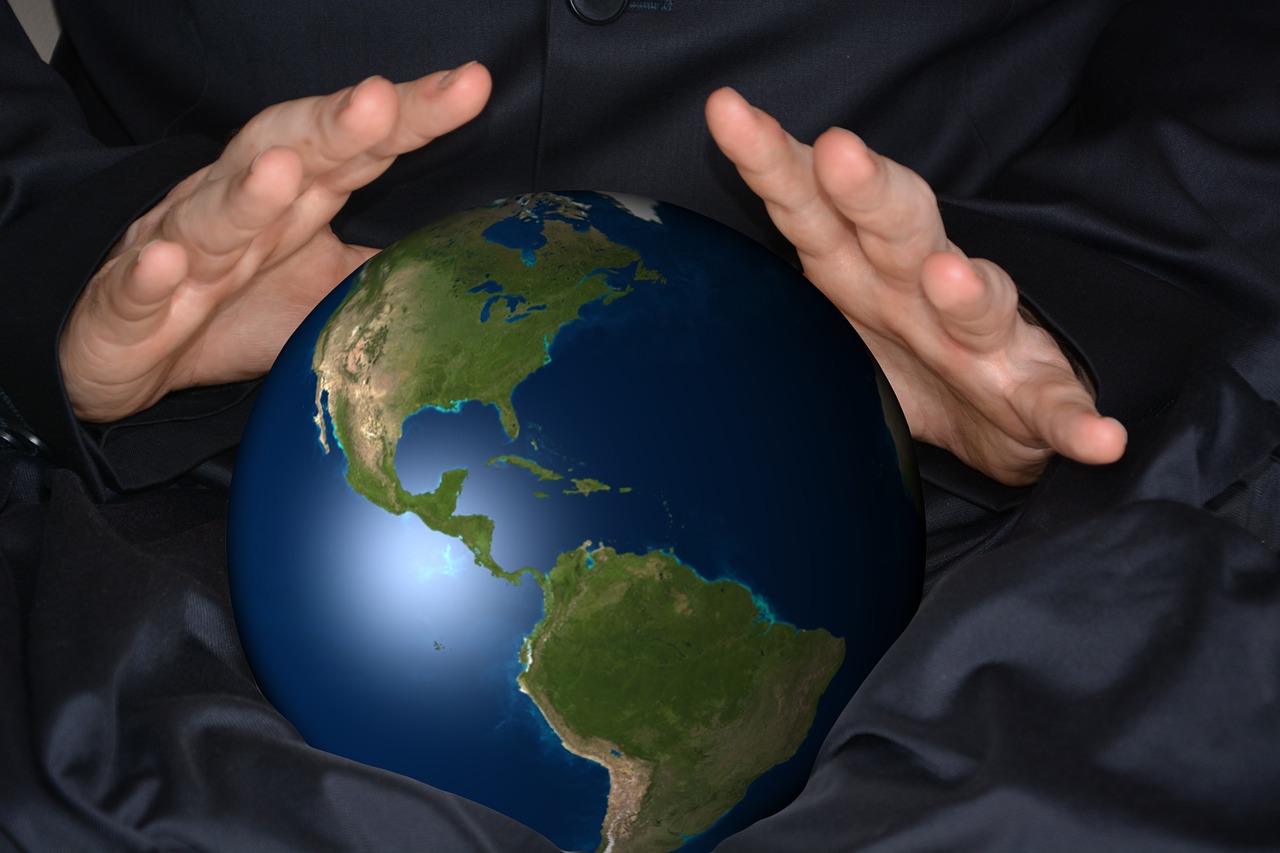
You hold the key to your brand sustainability
Longevity and sustainability
The preamble _ a landscape littered with graves
Blackberry, Borders, Crocs, Kodak, Sears and Tower Records all had one thing in common. They lacked longevity and sustainability because they neither envisioned nor adapted to the coming obsolescence of their products.
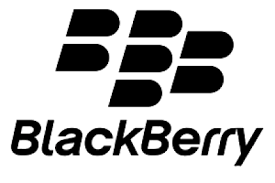
Smartphones 
Online & Digital 
Commoditised & over-durability 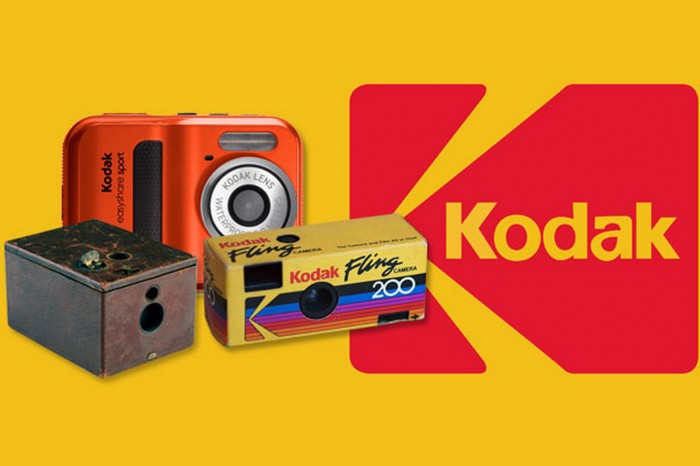
Digital 
Online & anti-mall trend 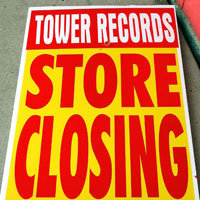
Online & Digital
Blackberry: Their analogue typing versus smart, touchscreen technology led to their demise.
Borders: Would you rather trek to the bookstore or library, or rather shop online and use your e-reader in the comfort of your home?
Crocs: It is said that a single pair will never wear out…and then the Chinese made them cheaper! We’d say that they put all their eggs in one basket.
Kodak: They never took the threat of digital cameras and ultimately smartphones seriously…until it was too late!
Sears: They held on to traditional, mall-anchoring, bricks & mortar, arrange your own transport/ delivery, old-fashioned stores, while their competition built online businesses. They also never budged when all the signs where there that traditional shopping malls were in decline.
Tower Records: They stuck to bricks and mortar stores as first vinyl, then CDs, were replaced by online shopping and eventually digital music.
But these are pretty obvious examples. Let’s look to the past, present and future to really understand the keys to brand sustainability with a couple of leading brands you’d never expect to be vulnerable.
Evolution without innovation
100 years ago, captains of industry looked at profitability as the singular business metric. However, most of the leading companies of the time were in functional categories, including steel, oil & gas, manufacturing and commodities. It was a simple equation; cost of input, produce, sell, profit!

U.S. Steel, the leading brand at the time, had a value of US$2.5 billion, or US$47 billion in today’s currency value.
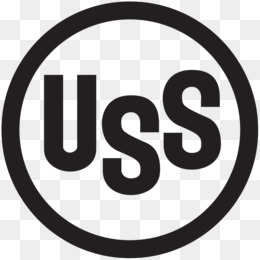
US Steel of old 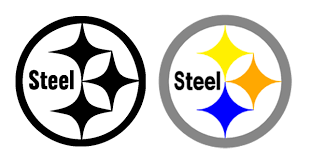
Familiar? New Deal evolution 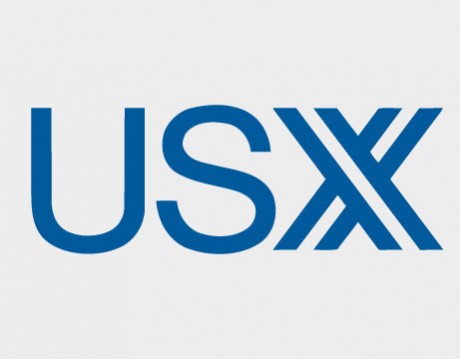
US Steel’s diversified holding company 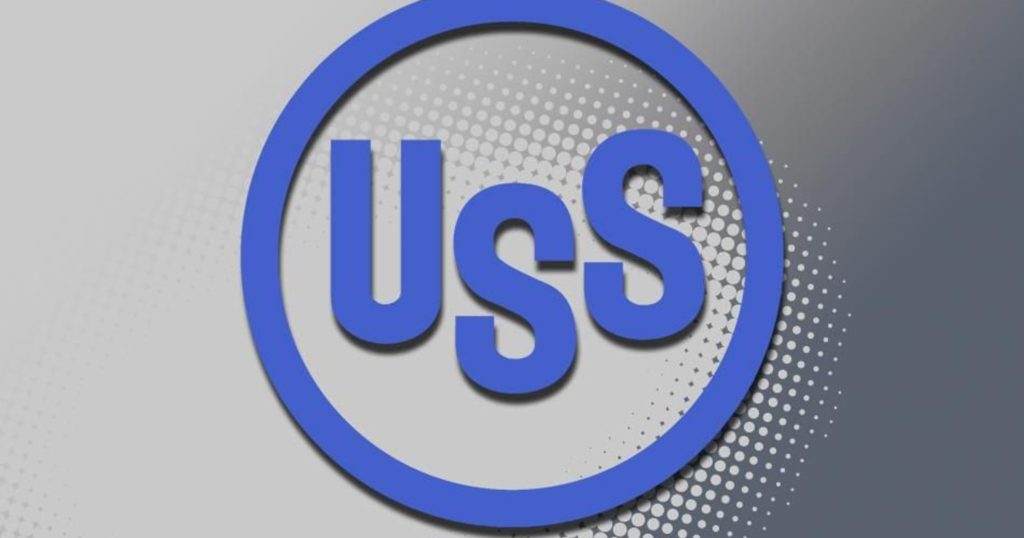
US Steel 2018
The eras of the Roaring Twenties, the Great Depression and the New Deal, sandwiched between two World Wars, all brought great change to the world. Although US Steel worked to adapt to change, as they evolved from the steel-focused US Steel to the diversified USX corporation, they weren’t exactly successful in their objective. USX corporation diversified into chemicals, engineering and real estate; with steel continuing to be its foundation. We should nonetheless consider these others to be ancillary industries to steel, and not highly innovative industry extensions of the future.

1917 Leading industries 
1967 Leading industries 
2017 Leading industries
US Steel was unable to achieve longevity and sustainability as a market leader. If we consider US Steel’s market capitalisation today of just under US$ 4 billion (or even generously add the just upwards of US$ 14 billion of USX’s unbundled oil and gas companies), it falls way short of the 1917 market leader’s value of US$47 billion, in today’s dollars.
US Steel, despite their adaptation efforts, diversified into volatile, commoditised, highly competitive, old-century industries. Morever, they didn’t adapt to evolving industries and technology, that were growing alongside them.
The new millenium
Interbrand’s ‘top 15 brands of the new millenium’ motion graphic has become all the rage across social media. But do they look beyond the race to the top of the respective brands and to the dynamics behind it? https://youtu.be/BQovQUga0VE
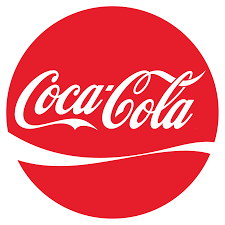
Past 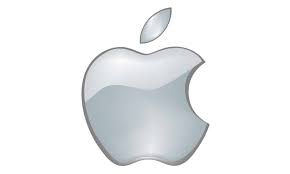
Present 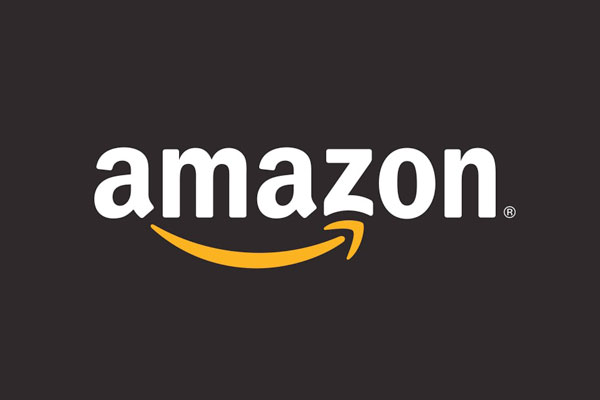
Future 
Jeff Bezos*, the visionary
These are three strong brands, the last led by a visionary, that at face value possess the capability for longevity and sustainability. But let’s look at each one more closely.
Coca Cola
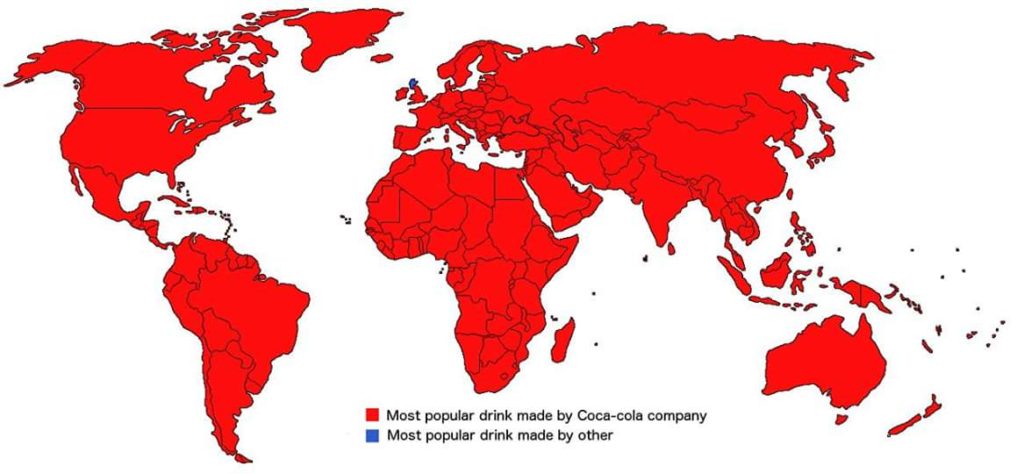
Coca Cola must regain it’s identity, otherwise its days are numbered. I consider the brand, both as a company and as a product, synonymous. Therefore, let’s look at both in tandem. As a product, blind taste tests have shown that their cola’s strength is not in it’s flavour. All the company’s other products are secondary. So, I ask myself, if it isn’t product superiority, what drives their brand value?
Ask yourself, ‘is Coca Cola’s brand strength it’s beverage credentials or it’s distribution credentials?’. I would say the latter. From my experience with the brand, their key business principle is ‘to be within arm’s reach of desire’. The company itself has claimed this as their core competency, and thus their strong credentials as a distribution company.
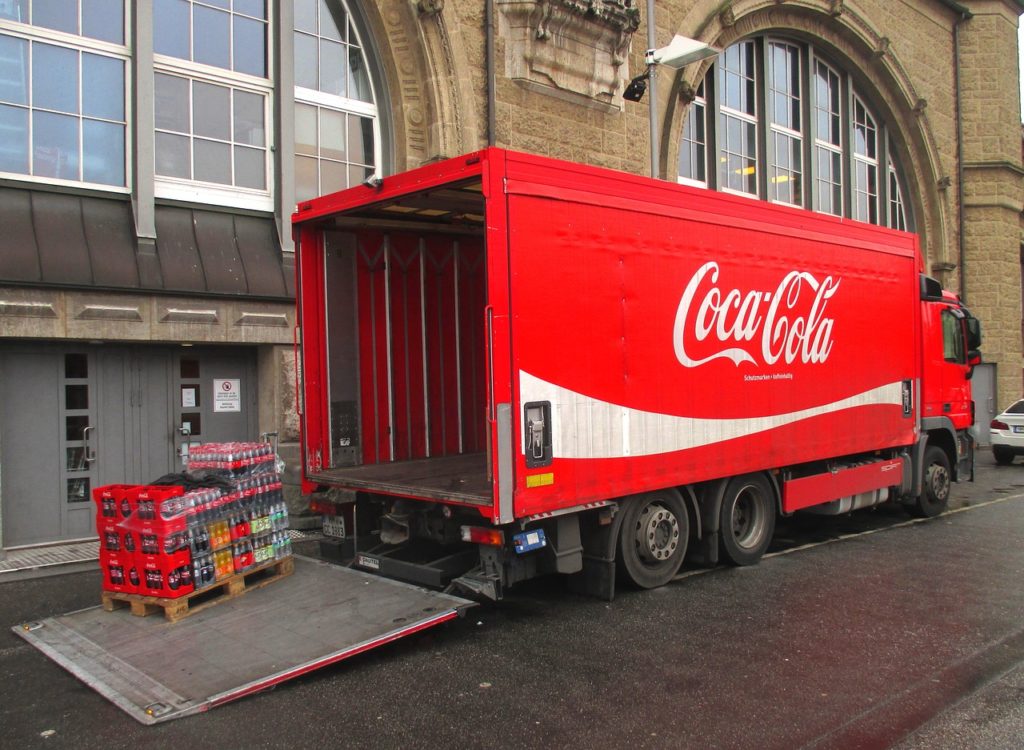
Their previously strong core products are also under pressure from increased health consciousness. They however have a non-negotiable stand on being in absolute control of their distribution network, not letting any non-proprietary products into it and being ultimately aggressive towards any entity that encroaches on that network.
In my opinion, their aggressive rise to global brand leadership through distribution, will ultimately be the reason for their decline. You cannot maintain your expansive distribution network, if you are not filling and moving your product pipeline. As the company continues to be mediocre at best, and simply bad, at worst, with products outside of the Coca Cola Classic and its variants, their decline will continue. They are trying to diversify and compete in the healthier drinks arena, whereas their core competency is in their extensive distribution network. They need to evolve ahead of the curve in their area of core competency, and leverage the behemoth that is their distribution network, into diversified categories.
Apple
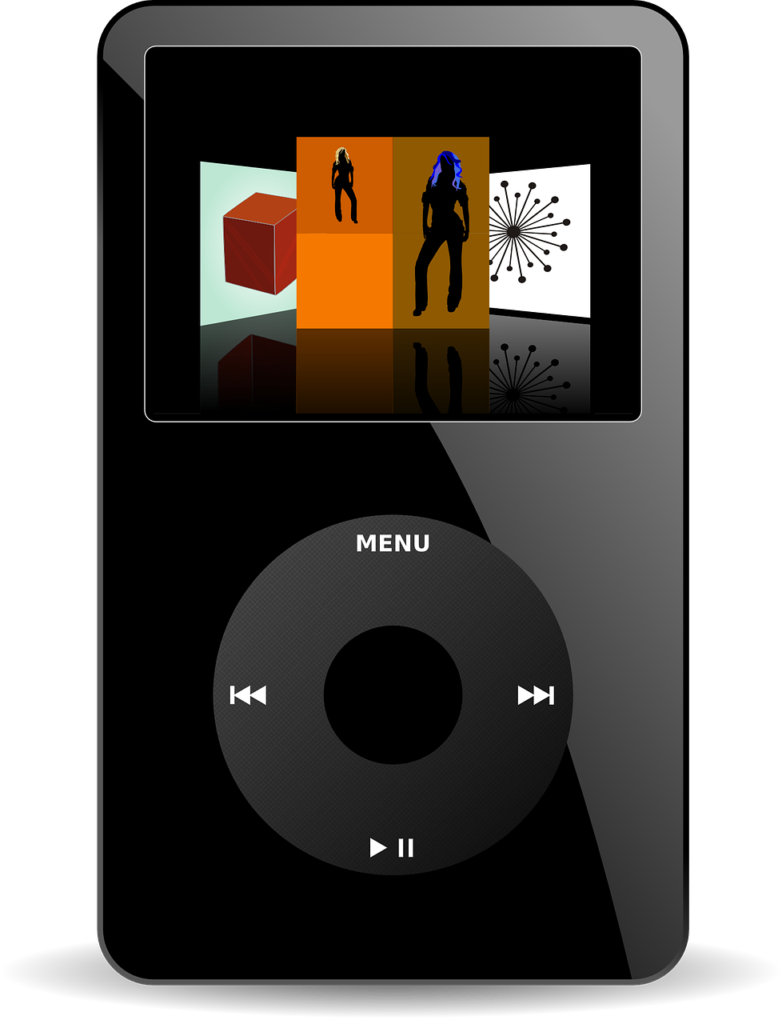
Audio-visual hardware 
Hardware_iMac, Macbook, iPad, iPhone 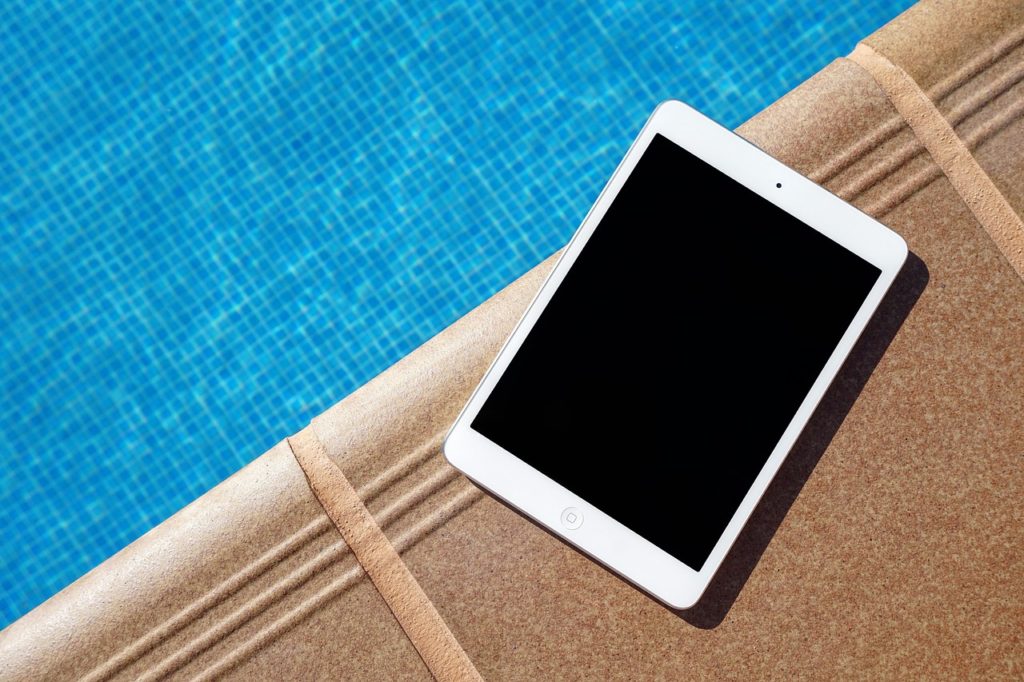
Portable hardware – iPad 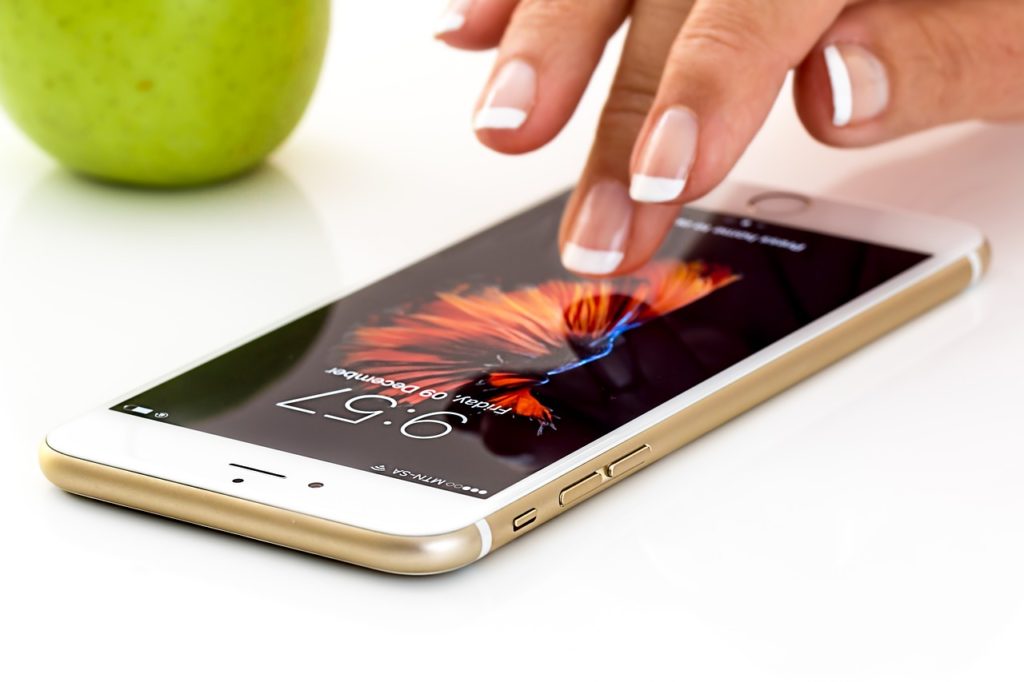
Mobile hardware_iPhone
Apple dethroned Coca Cola as the world’s leading brand in 2013 through the launch of a series of hardware. Between 2001 and 2018 these included the iPod (2001), the Macbook Pro (2006), the iPhone (2007) and the iPad (2010). The iPhone contributes about 60% of Apple’s total revenues.
So, although they are currently the World’s strongest brand, how does Apple avoid simply being a one trick pony? Their overdependence on the iPhone, with all the pressures it is facing, is precarious.

Scope for growth of services & other? 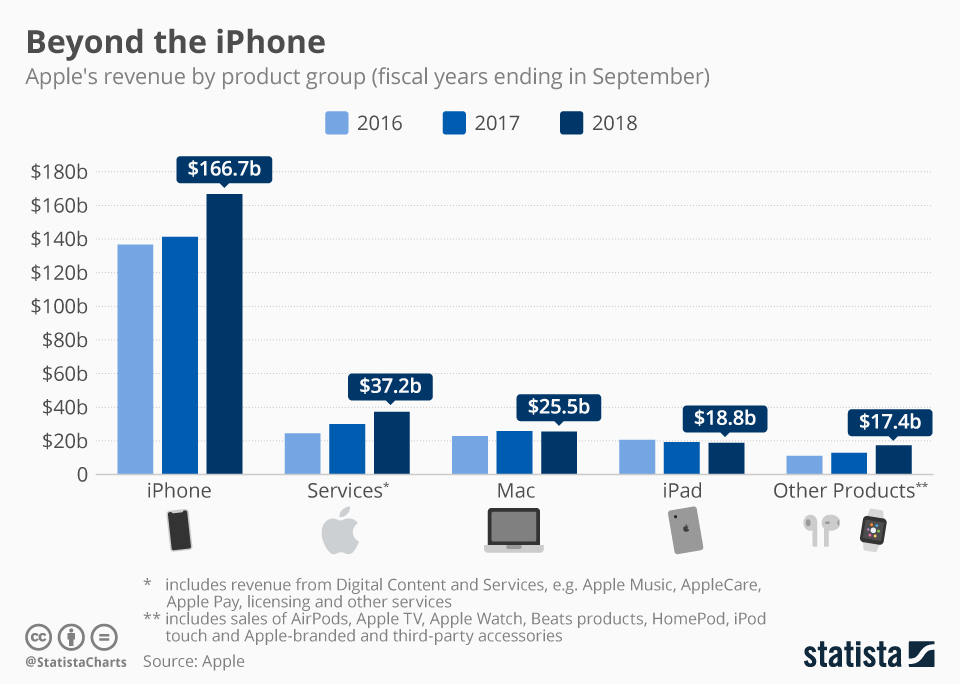
Trend of iPhone overdependence
Apple has focused on the iPhone to drive their growth. However, this growth is based on price and margins, and not volume. Be as it may, how many people are able or willing to pay US$ 1,000 for a mobile phone? Moreover, how sustainable is growth of this nature.
Apple must focus on growing across categories, not just from growth ratios, but in absolute revenue. Specifically, services and other products growing at approximately 24% and 45% respectively, look impressive. Yet, their revenue growth of US$ 7.2 billion and US$ 5.4 billion respectively, pale in comparison alongside the approximately US$ 25.7 billion revenue growth of the iPhone.
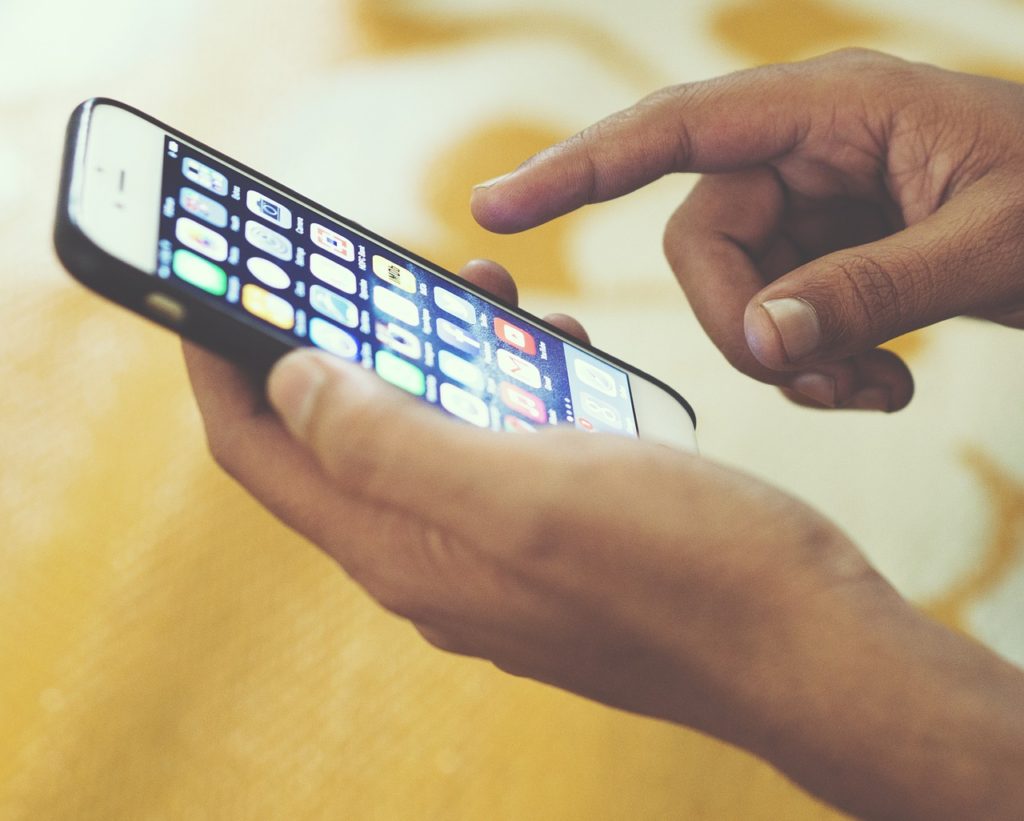
Apps, apps…and more apps! 
Apple Watch apps for better living 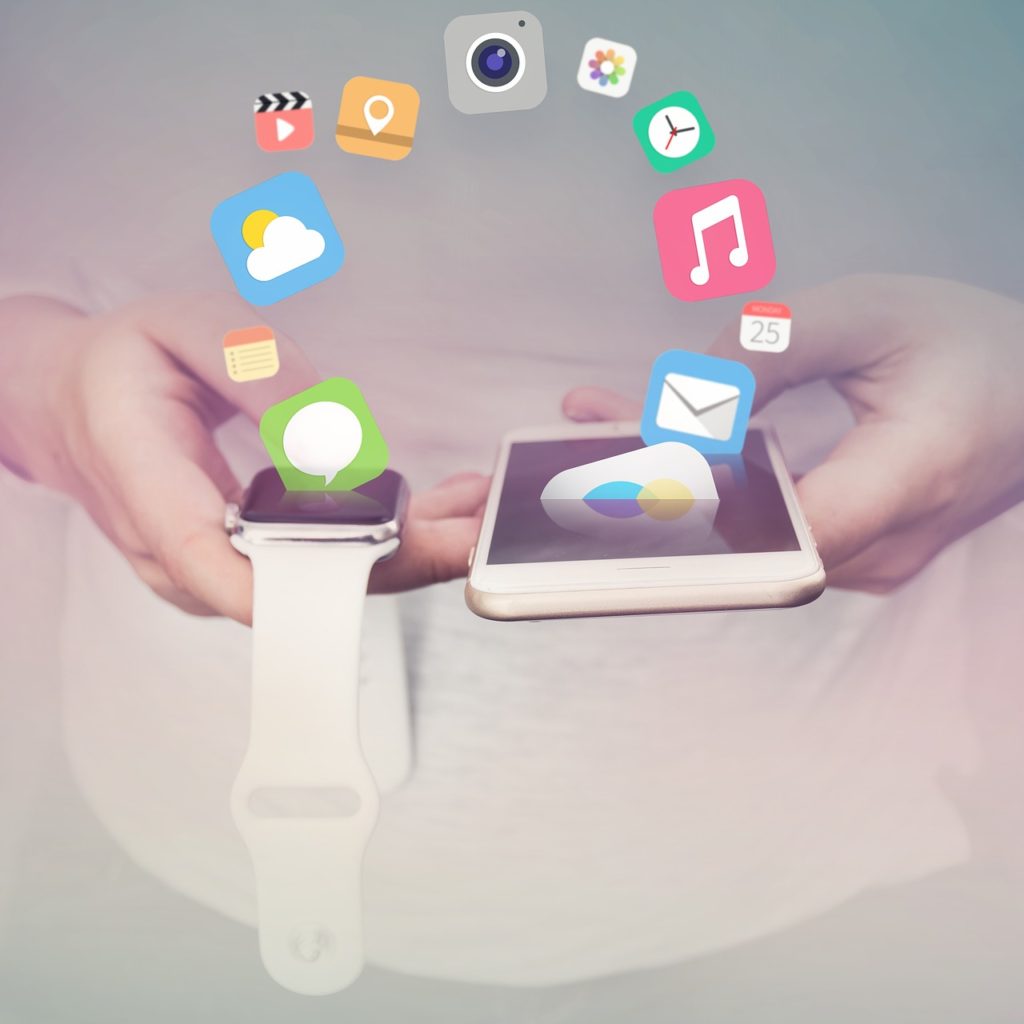
Increased apps portability 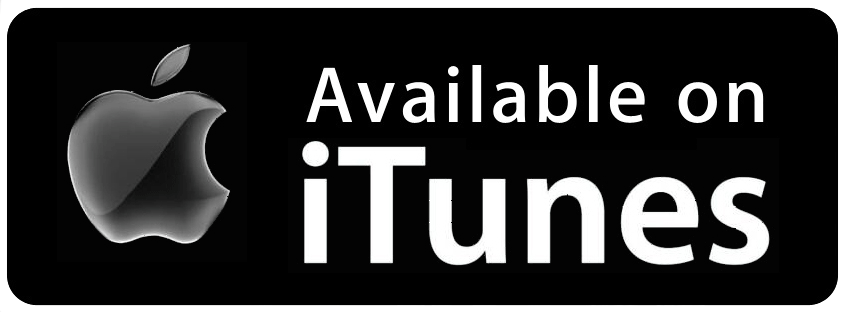
Music downloads 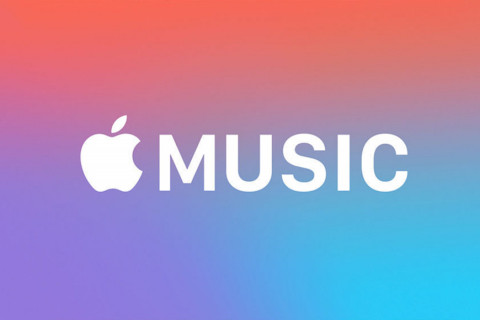
Music streaming
HOWEVER, and here’s the kicker; despite these diversification products being the path to Apple’s longevity and sustainability, they all depend on the iPhone, as the base product. Therefore, the iPhone is Apple’s potential achille’s heel. If the iPhone declines or fails, so too goes Apple!
Amazon/ Jeff Bezos

Okay, enough doom and gloom! Although alternately, if you are averse to world domination, this is more bad news. Our conventional view of Amazon as an e-commerce retailer, which started out as an online bookseller is misplaced. Jeff Bezos grew his empire and by default Amazon, into a juggernaut for growth today, and an engine for innovation in the future.
But believe it or not, the image above is a simplified illustration of this empire. From 1998 to 2009, he established a strong technology back-end infrastructure for Amazon’s future growth.
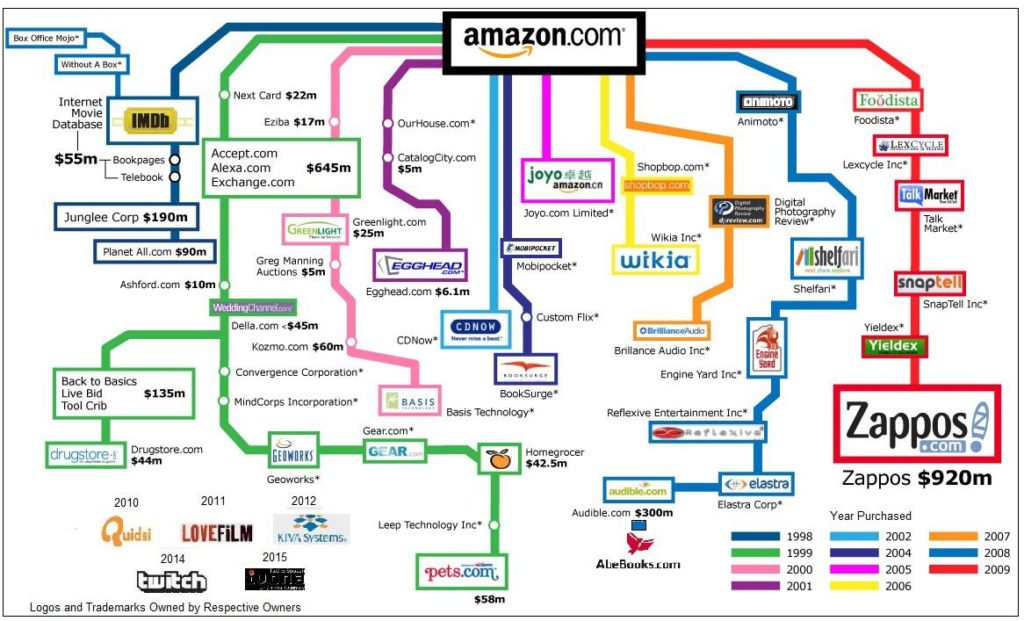
For clarity, let’s look at Amazon’s firm technology foundation for growth across categories including books & education, audio-visual & gaming, retail, finance and artificial intelligence.
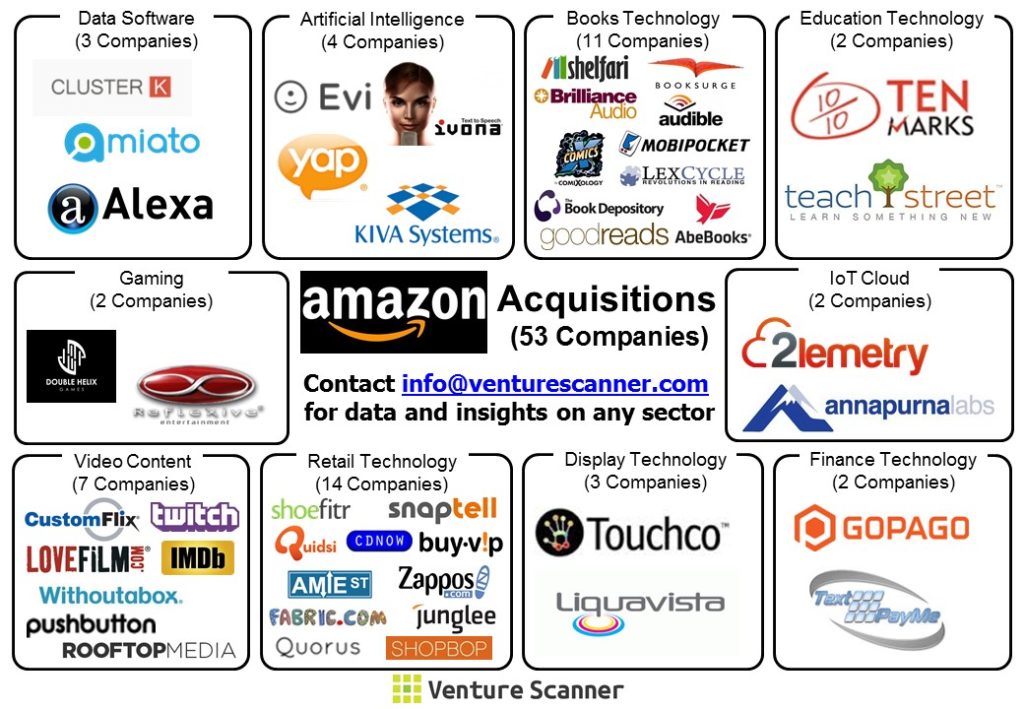
In summary, Jeff Bezos truly is a visionary who future-proofed his empire from the start; not only in online business, but in extending e-commerce into distribution and bricks and mortar retailing. But it doesn’t end there. Bezos is furthermore a conglomerate in himself. Between Amazon, Bezos Expeditions, Nash Holdings and his private investments, he has a breath of publicly listed and private investments that provide him with flexibility for growth in all manner of innovative directions. https://www.visualcapitalist.com/jeff-bezos-empire-chart/
He has seen the future, and is making it a reality. Amazon is not just an e-commerce company, but an online retailer, distribution company and company providing lifestyle convenience.
Conclusion
So, according to FutureBrand, the longevity and sustainability of a brand is based on a compelling vision, emotional connections, engaging experiences across all touchpoints, redefining a category, making consumers’ lives better and delivering sustainable business value.https://www.futurebrand.com/futurebrand-index-2018/what-makes-a-brand-future-proof
However, this is a bit theoretical and can be further translated to everyday terms. The companies of the future are those that clearly understand their consumer, their positioning, what their core business really is, and more importantly, and going back to the FutureBrand reference, how to future-proof their business. Here is a sample of 5 examples.
Alphabet/ Google: The creation of Alphabet as a holding company, opening the gateway for Google to extend from being a search engine company to a
technology, life sciences, investment capital, and research company, all underpinned by the Google brand strength.
IBM: They are like Rocky from the movies, who you can never write off without a chance and simply keeps coming back to regain the championship. They have evolved from just a hardware and enterprise software company and added open source software and cloud computing to their portfolio.
Netflix: By controlling content creation, distribution and the viewership medium, Netflix is a one-stop-shop that doesn’t have to depend on other gatekeepers for their success.
Roku: They are using their hardware penetration as a loss leader; and hardware & content partnerships and an integrated media experience to grow into a leader in content distribution.
Lululemon: They are not just in athletic apparel, but are a yoga lifestyle company.
So there you have it. Those who control their destiny and possess the courage to dare, can build the longevity and sustainability of their brand, in a rapidly changing world.
Follow on: